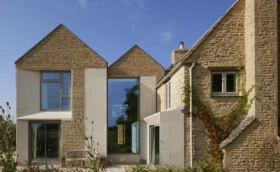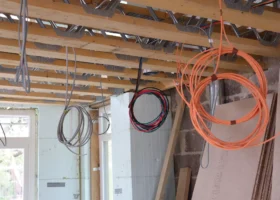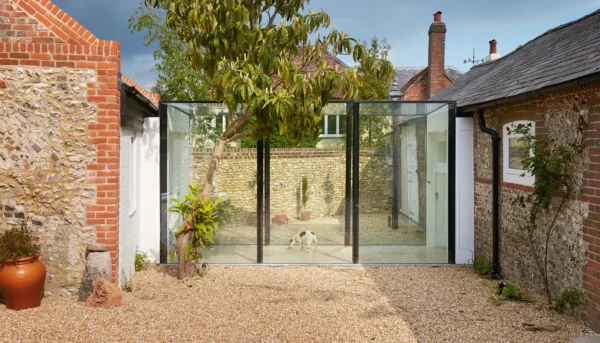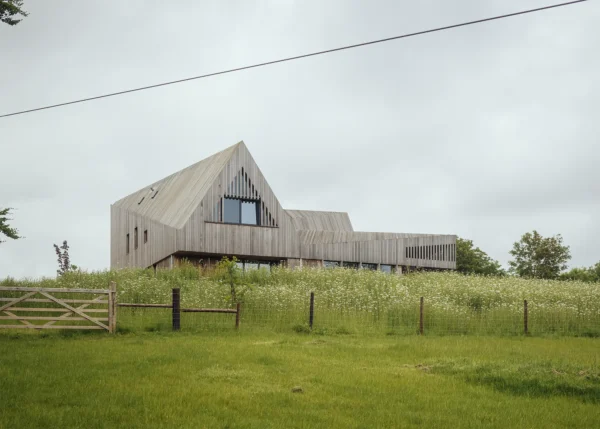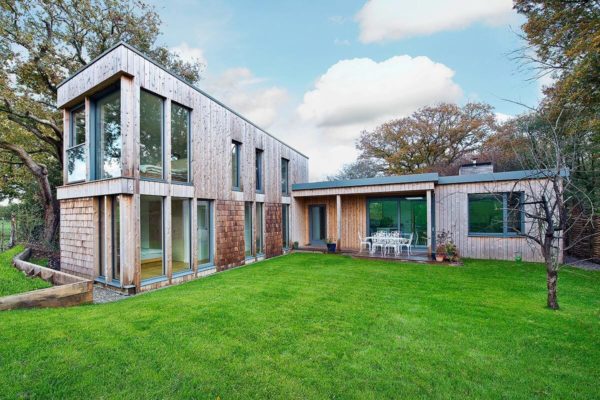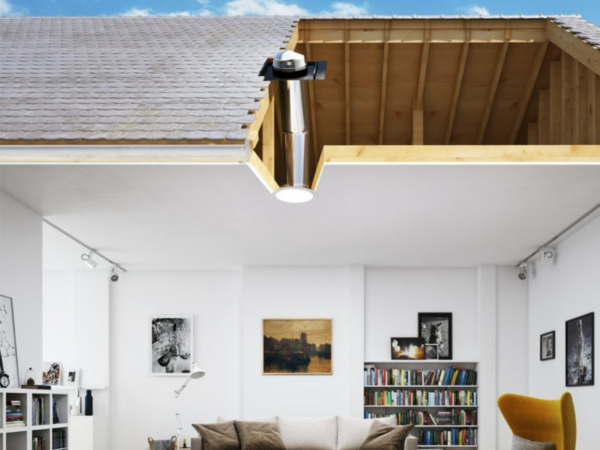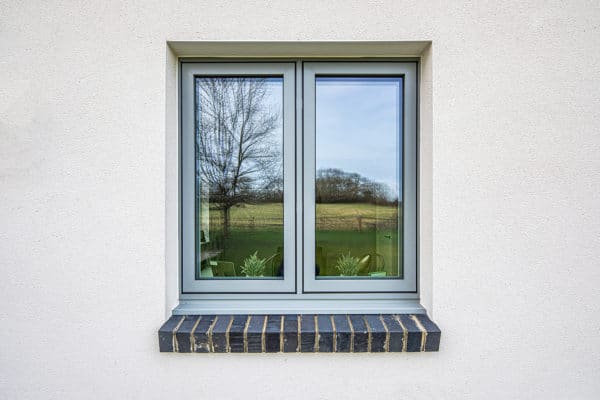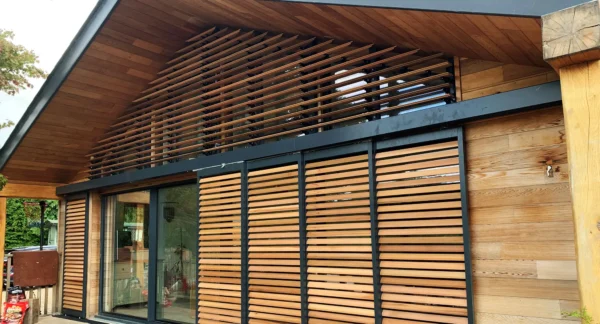How Are Sliding Doors Glazed & Why Does it Matter?
Over the past 10 years, sliders have overtaken bifolds as the must-have glazed door system for self builds and extensions. With their large panels and minimal frames, they are ideal both for making the most of the views out to the garden and bringing as much light into the home.
The British climate means doors stay closed for more of the year than they’re open. Sliders’ slim frames, as narrow as just 20mm, help to break down the boundaries between inside and out and provide a connection between home and garden all year round – not just in summer.
Modern Sliding Door Technology
Developments in sliding door tech and manufacture have completely changed their appearance. Gone are the chunky looking patio doors of old; now you have high-performance aluminium systems, with some capable of incorporating individual panels as wide as 6m across.
At the heart of these modern enhancements has been changes to the way sliders are glazed. With almost every other door and window type (whether they be of aluminium, timber or PVCu) the sealed double or triple glazed unit is held in place with a glazing bead, which clips or attaches to the inside of the frame to secure the glass and prevent it from falling out. This is known as dry glazing.
Many sliding door systems are still assembled in this way, but adding a dry glazing bead to all four sides of the frame makes achieving a very slim sightline impossible. So, a different approach is needed for super-sleek modern designs.
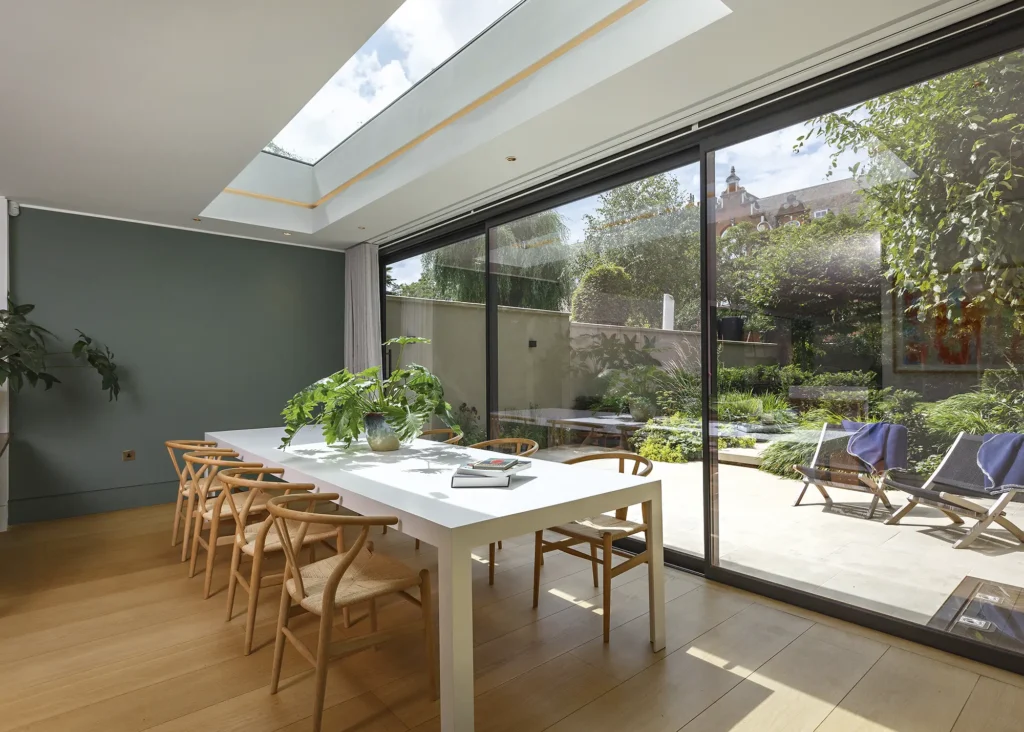
This project by Sher + White Architects features a three-panel span of IDSystems’ theEDGE2.0 semi-bonded sliders; note the ultra-slim, 20mm meeting stiles in the centre of the run to preserve views, with slightly thicker framing on the other three sides. Photo: Chris Taylor Photography
How Are Most Ultra-Slim Sliding Doors Glazed?
To overcome the glazing bead issue, on some doors the glass is glued or bonded to the frame. This holds the pane in place, gives the system the rigidity required to operate and achieves the ultra-fine sightlines many homeowners want. These types of sliding doors are known as structurally bonded systems.
The potential downside, however, is that the bonding agent used in these sliders is a permanent adhesive. The glass is bonded to all four sides of the frame, so it can only be changed by removing and replacing the complete sliding panel (glass and frame).
Are There Alternatives to Structurally Bonded Slimline Doors?
Some ultra-slim sliding door options on the market, such as theEDGE2.0 from IDSystems, are semi-bonded rather than fully bonded. With this approach, the glass is only bonded at the interlocking frames (ie where the panels meet one another). On the other three sides, the unit is held in place with a glazing bead.
Whilst this makes the outer frames fractionally larger, it doesn’t impact views through the doors – providing central sightlines as slim as 20mm. It also enables just the glass to be removed from the panel and replaced with a new pane. So, should the glass ever break due to an accident, it’s a much simpler repair.
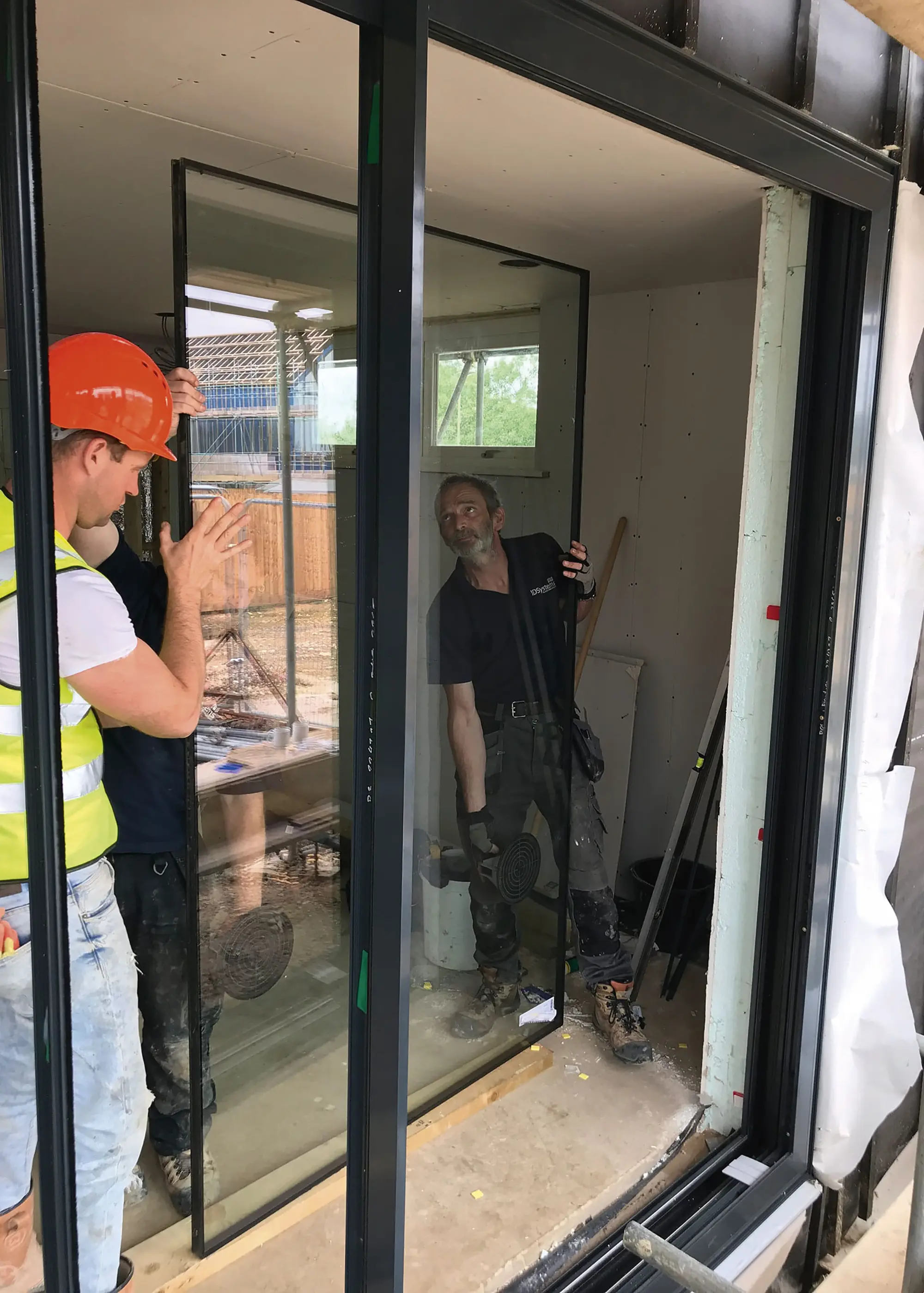
Build It chose IDSystems’ theEDGE2.0 for its very own Self Build Education House. This photo, taken during installation, demonstrates how the glass panel is installed separately, and could be easily removed and replaced in future should there be accidental damage
Who Can Replace the Glass in a Sliding Door System?
Warranty terms for glass breakages vary, so it’s important to understand the nature and duration of cover you are getting – whatever product you choose. If you select a fully bonded system, only the original supplier will be able to replace the glass, because the whole panel will need to be changed. This could be difficult if, for instance, the manufacturer no longer makes that system.
In the event of a breakage in semi-bonded systems, any door or window company could replace the glass. They can simply pop out the beads, remove the glass and replace it with a new sealed unit. There’s no need to remove the panels, tracks or side jambs of the door system to do this. So, in the event of issues post-install, the remedial work is much less involved and you won’t be totally reliant on the original supplier.
| Edward Stobart is sales manager at IDSystems. For almost 20 years, he has worked closely with self builders to offer advice and support on all aspects of glazing on a variety of projects, from city-centre extensions through to the grandest of custom builds. For more information about how sliding door systems are glazed, visit the IDSystems website or speak to one of IDSystems’ technical sales team on 01603 408804. |




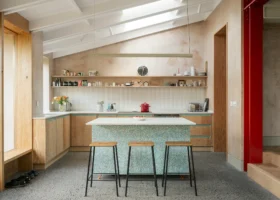

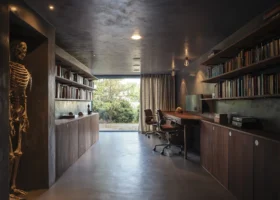
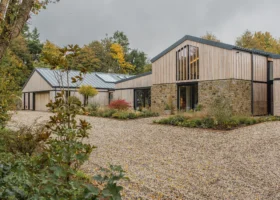
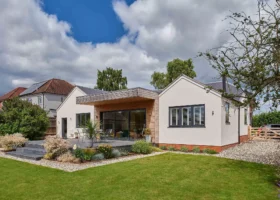
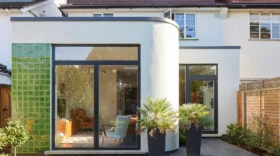

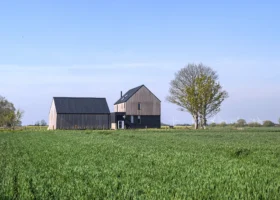
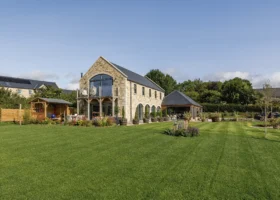
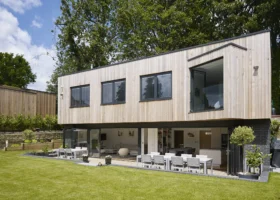
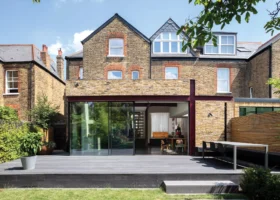
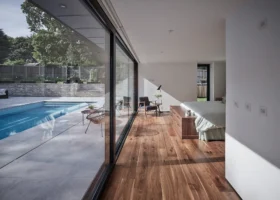
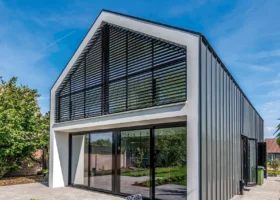
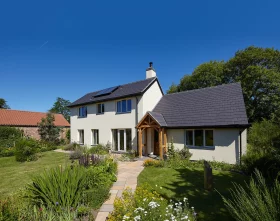
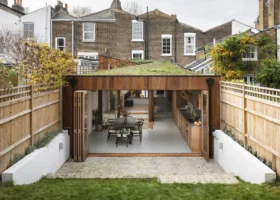
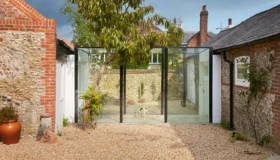
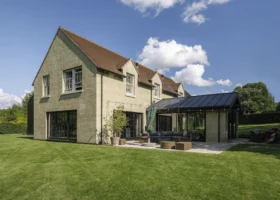
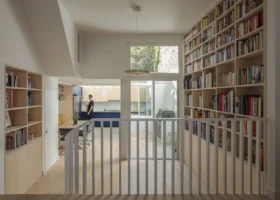
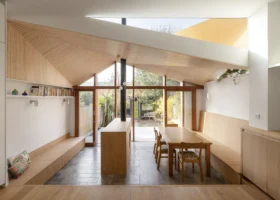

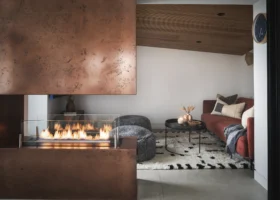
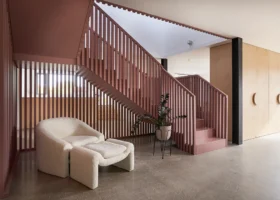
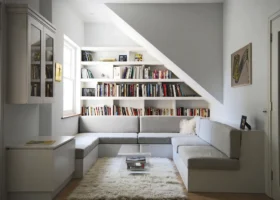
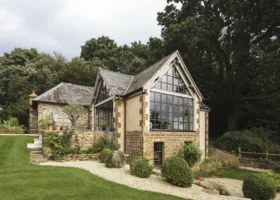
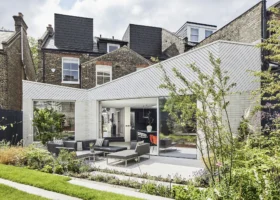
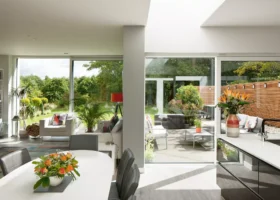
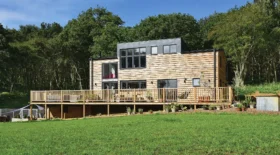
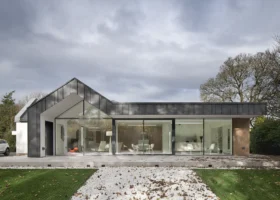
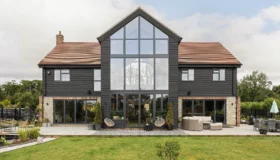
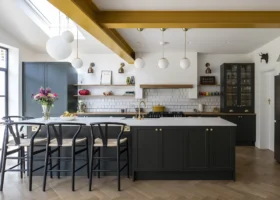
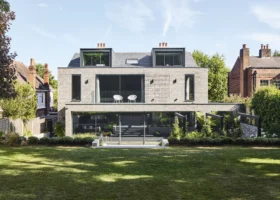
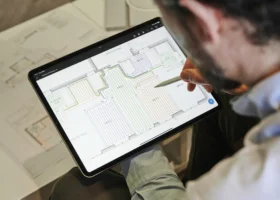



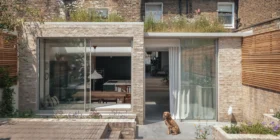
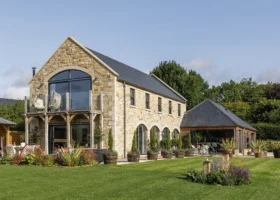

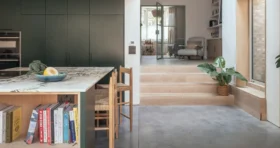
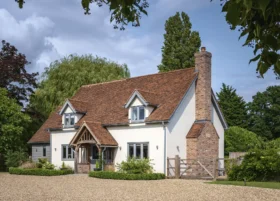
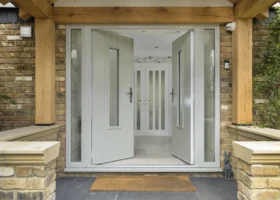
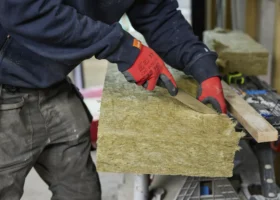
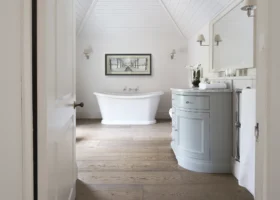
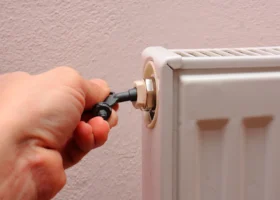
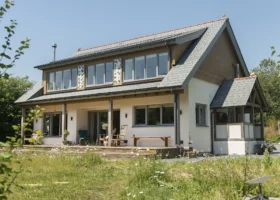
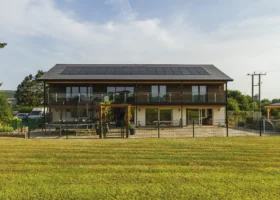
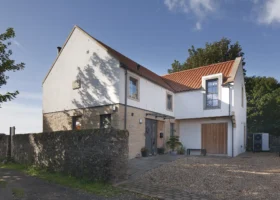
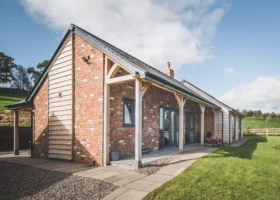
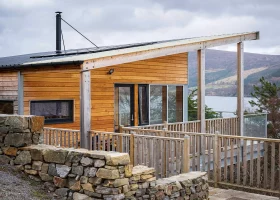
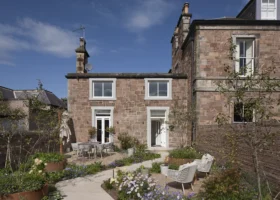

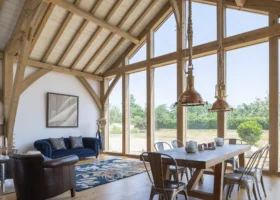

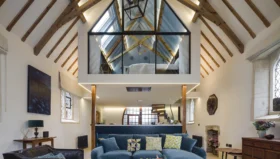
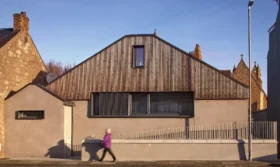
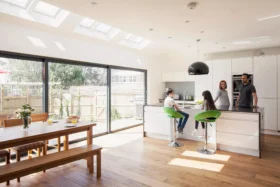

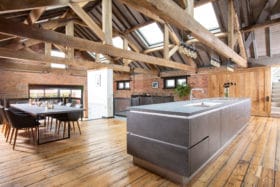

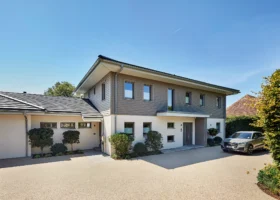
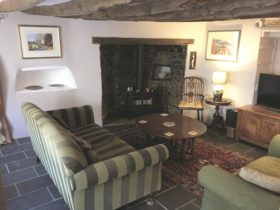
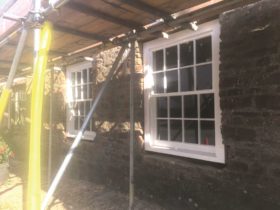
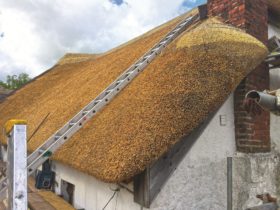

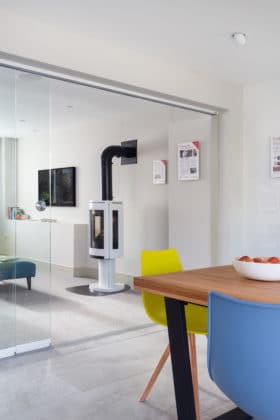

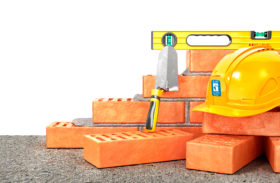
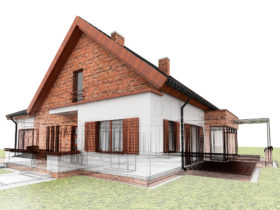

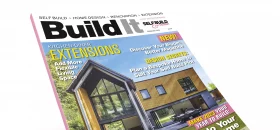

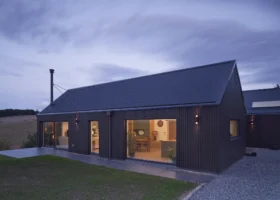






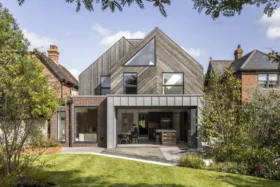









 Login/register to save Article for later
Login/register to save Article for later

